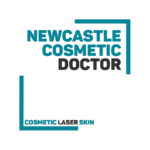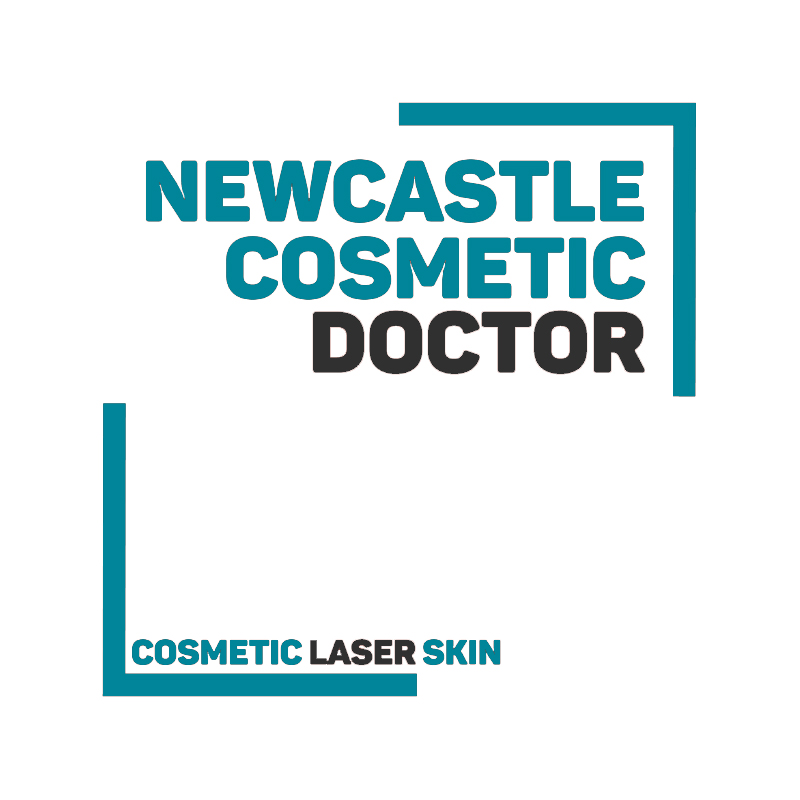Applies to: All clinical, administrative and dispensing staff at Newcastle Cosmetic Doctor (NCD)
1. Purpose
To ensure safe, compliant, and evidence-based storage, handling, dispensing, and labelling of all topical preparations at Newcastle Cosmetic Doctor (NCD), including prescription and non-prescription creams, serums, oils, ointments, and enzyme-based formulations. This policy protects product quality and patient safety, prevents contamination, ensures legal compliance under Australian regulations, and supports accurate patient education and traceability. 1 2 3 4
2. Scope & Applicability
This SOP applies to all NCD staff involved in ordering, storing, preparing, dispensing, or counselling patients on topical skincare or compounded preparations. It includes products supplied by NCD under prescription, compounded formulations prepared by external pharmacies, and retail cosmeceutical lines offered for sale. Injectables, surgical products, and non-topical devices are excluded and governed under separate policies. 1 5 6
3. Legislative & Regulatory Framework
Topical products at NCD are governed by multiple overlapping standards. The TGA regulates therapeutic goods and Excluded Goods Determinations; the ACCC enforces cosmetic and consumer product labelling; and the AHPRA Advertising Guidelines regulate therapeutic claims made by practitioners. NSW Health manages Poisons and Therapeutic Goods requirements for Schedule 4 topical items, and OAIC governs privacy and record retention for any patient-linked product dispensing. 1 2 3 4 7
4. Storage Requirements
Topical preparations must be stored under conditions stated on their labels or product information, typically at controlled room temperature (<25°C) and away from direct light or humidity. Prescription compounds or enzyme-based products requiring refrigeration must be stored in a monitored cold-chain system with daily temperature logs and quarterly maintenance checks. Products are arranged by expiry date and batch using the FEFO (First Expire, First Out) principle; open or contaminated containers are disposed of immediately. 6 8 9 10
5. Dispensing & Record-Keeping
Each product dispensed must have a clear record of batch number, expiry date, quantity, and patient identifier (if applicable). Dispensing of prescription-only topical items is documented under the prescriber’s authority and cross-referenced with the clinical note and consent record. Retail sales of cosmetic creams are recorded in the NCD inventory system for batch tracking and recall readiness. 1 4 5 7
6. Labelling Standards
Labels for all NCD-supplied topical products must display the product name, strength or concentration, ingredients in descending order, batch number, expiry date, storage conditions, and clinic contact details. Prescription compounds must also display patient name, prescriber, directions, and cautionary advisory statements. All cosmetic products must comply with the ACCC’s mandatory information standard for cosmetic labelling and the AHPRA Advertising Guidelines for therapeutic claims. 2 3 4 11
7. Product Handling & Contamination Prevention
All topical product handling must occur in clean, designated preparation areas. Use non-sterile gloves and disinfected surfaces; avoid decanting into unlabelled containers. Infection control guidelines require separation of clean and used materials and regular disinfection of benches. Opened containers should be labelled with opening date and used within manufacturer-specified timeframes. 6 12 13
8. Patient Information & Education
Patients receiving topical preparations must be provided with written usage instructions, precautions, and expected side effects. Prescription compounds require an information leaflet covering potential irritation, sun sensitivity, and safe application areas. Retail skincare sales include product-specific advice on frequency, combination safety, and interactions with peels or lasers. 3 5 14
9. Advertising & Packaging Claims
All promotional or packaging claims for topical products must be truthful, not misleading, and supported by evidence. AHPRA prohibits statements implying therapeutic outcomes unless supported by clinical data and TGA classification. Cosmetic descriptors such as “moisturises,” “brightens,” or “improves appearance” are acceptable, while medical terms like “treats eczema” or “heals acne” are prohibited unless ARTG-listed. 2 3 1 15 11
10. Compliant vs Non-Compliant Label & Advertising Examples
Compliant examples:
- “Improves skin hydration and tone.”
- “Brightens dull complexion.”
- “Supports skin barrier with ceramides."
These describe aesthetic enhancement without implying physiological or therapeutic modification.
Non-compliant examples:
- “Treats pigmentation permanently.”
- “Eliminates acne and scarring.”
- “Cures dermatitis.”
These constitute therapeutic claims that misrepresent the product and breach both TGA and AHPRA advertising law. All staff must review promotional material before release to ensure adherence to ACCC and TGA guidance. 1 2 3 10
11. Incident, Recall & Audit Procedures
If incorrect labelling, contamination, or adverse reaction is identified, the product must be quarantined, investigated, and reported to the Responsible Medical Practitioner. Batch and dispensing data must be reviewed to trace affected patients, and corrective action implemented. Where required, the TGA recall process and patient notification procedure are followed. 1 2 3 4 6
12. Documentation & Retention
All records of product receipt, storage conditions, labelling, dispensing, patient education, and incident reporting are retained for at least seven years. Electronic records are secured under OAIC privacy standards, with audit trails enabled for all edits or deletions. 5 6 4
13. Staff Training & Competency
All personnel involved in handling topical products complete annual training on storage, contamination prevention, compliant advertising, and privacy protection. Competency is verified by the Responsible Medical Practitioner or designated supervisor and documented in staff files. 1 3 6
14. Review & Continuous Improvement
This SOP is reviewed annually or sooner if regulatory updates, audit findings, or incident trends indicate a need for change. Feedback from patients, staff, and audits informs improvements to labelling, documentation, and staff training programs. 1 2 3
Sources
- Therapeutic Goods Administration (TGA), Therapeutic Goods (Excluded Goods) Determination 2023., viewed 24 October 2025, https://www.tga.gov.au ↩
- Australian Competition and Consumer Commission (ACCC), Australian Consumer Law – Product Safety and Labelling., viewed 24 October 2025, https://www.accc.gov.au/consumers/consumer-products-labelling ↩
- Australian Health Practitioner Regulation Agency (AHPRA), Advertising a regulated health service – Guidelines (2024)., viewed 24 October 2025, https://www.ahpra.gov.au/Resources/Advertising-hub/Advertising-guidelines-and-other-guidance/Advertising-guidelines.aspx ↩
- NSW Health, Poisons and Therapeutic Goods Regulation – Pharmaceutical Services., viewed 24 October 2025, https://www.health.nsw.gov.au/pharmaceutical/Pages/default.aspx ↩
- Office of the Australian Information Commissioner (OAIC), Guide to health privacy for health service providers., viewed 24 October 2025, https://www.oaic.gov.au/privacy/your-privacy-rights/health-and-medical-research/guide-to-health-privacy ↩
- ACSQHC, NSQHS Standard 4: Medication Safety., viewed 24 October 2025, https://www.safetyandquality.gov.au/standards/nsqhs-standards/medication-safety-standard ↩
- Pharmacy Board of Australia, Compounding of medicines – Guidelines., viewed 24 October 2025, https://www.pharmacyboard.gov.au/ ↩
- RACGP, Prescribing and quality use of medicines., viewed 24 October 2025, https://www.racgp.org.au/ ↩
- WHO, Model guidance for storage and transport of time- and temperature-sensitive pharmaceutical products., viewed 24 October 2025, https://www.who.int/publications ↩
- U.S, FDA. Is It a Cosmetic, a Drug, or Both?, viewed 24 October 2025, https://www.fda.gov/cosmetics/cosmetics-laws-regulations/it-cosmetic-drug-or-both-or-it-soap ↩
- European Commission, Regulation (EC) No 1223/2009 on Cosmetic Products., viewed 24 October 2025, https://health.ec.europa.eu/system/files/2021-09/2013_cosmetic_product_fiche_en_0.pdf ↩
- Therapeutic Guidelines, Dermatology – Topical agents, stability and handling., viewed 24 October 2025, https://tgldcdp.tg.org.au/ ↩
- Australian Medicines Handbook (AMH)., Australian Medicines Handbook (AMH)., viewed 24 October 2025, https://amhonline-amh-net-au/ ↩
- WHO, Guidelines on Quality and Safety of Cosmetic Products (2022)., viewed 24 October 2025, https://www.who.int/publications ↩
- NSW Health, Infection prevention and control policy for non-sterile preparation areas., viewed 24 October 2025, https://www.health.nsw.gov.au/policies/ ↩


